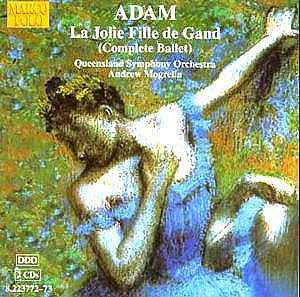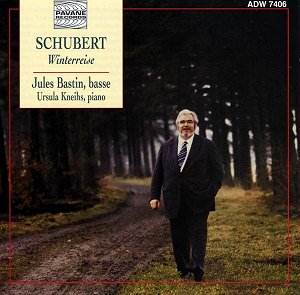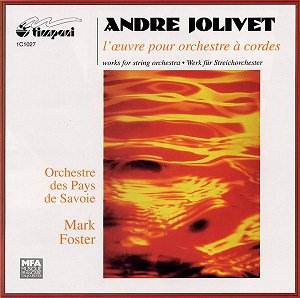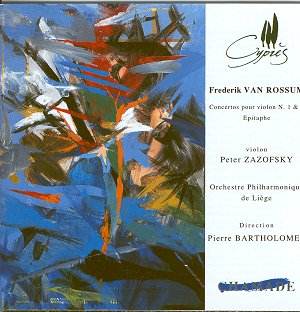 Composer: Adolphe Adam
Composer: Adolphe Adam
Works: La Jolie Fille de Gand
Performers: Queensland Symphony Orchestra, Andrew Mogrelia (conductor)
Recording: Ferry Road Studio, Brisbane, Queensland, Australia, March 1996
Label: Marco Polo 8.223772-73
Adolphe Adam, a pivotal figure in the development of French ballet music, composed La Jolie Fille de Gand in 1841, just a year after his much-lauded Giselle. While Adam’s earlier successes established him as a composer of light, engaging melodies, La Jolie Fille de Gand offers a deeper narrative and richer orchestration, showcasing his ability to weave intricate musical tapestries that enhance the storytelling inherent in ballet. This work, based on a libretto by Jules-Henri Vernoy, unfolds in Ghent, Belgium, and revolves around the romantic entanglements of Beatrix, the daughter of a goldsmith, amidst the backdrop of a vibrant fair.
Andrew Mogrelia’s interpretation with the Queensland Symphony Orchestra captures the essential effervescence of Adam’s score, though it occasionally falters in pacing. The orchestration is characterized by a prominent use of the piccolo, illuminating the melodies with a bright, vivid quality that is both charming and engaging. However, there are moments where the tempo feels lethargic, particularly evident in track 7 of CD1, where the imitative church chimes suggest a spirited scene that is undercut by a ponderous execution. A swifter tempo would not only align more closely with the bustling activity of the narrative but also inject an invigorating energy into the performance.
The recording quality is commendable, with a clear balance between the orchestra’s various sections, allowing the listener to appreciate the detailed instrumental exchanges and the nuanced dynamics inherent in Adam’s writing. The engineering successfully captures the warmth of the orchestral sound while providing an immersive listening experience. Mogrelia’s approach, however, occasionally misses opportunities for heightened emotional intensity. Comparatively, his recording of Le Filleulle des Fées with the same orchestra exhibits a more spirited vitality, suggesting that while the orchestra performs well under his direction, there is room for greater expressivity in La Jolie Fille de Gand.
The booklet accompanying the CD, written by Keith Anderson, offers valuable insights into Adam’s life and work, providing context that enriches the listening experience. The detailed synopsis is particularly useful for navigating the ballet’s dramatic arcs, ensuring that listeners can follow the narrative progression alongside the music.
Overall, La Jolie Fille de Gand stands as a testament to Adam’s melodic invention and orchestral flair, though this particular recording presents a mixed interpretation. While the Queensland Symphony Orchestra performs with competence and the recording quality is commendable, Mogrelia’s sometimes cautious pacing detracts from the vibrant potential of the score. A more vigorous approach to the material could elevate this performance, allowing Adam’s enchanting music to resonate with the lively spirit of the narrative. This recording is a valuable addition to the catalog of Adam’s works, though it may not wholly satisfy those seeking the full dynamism of his compositional voice.



